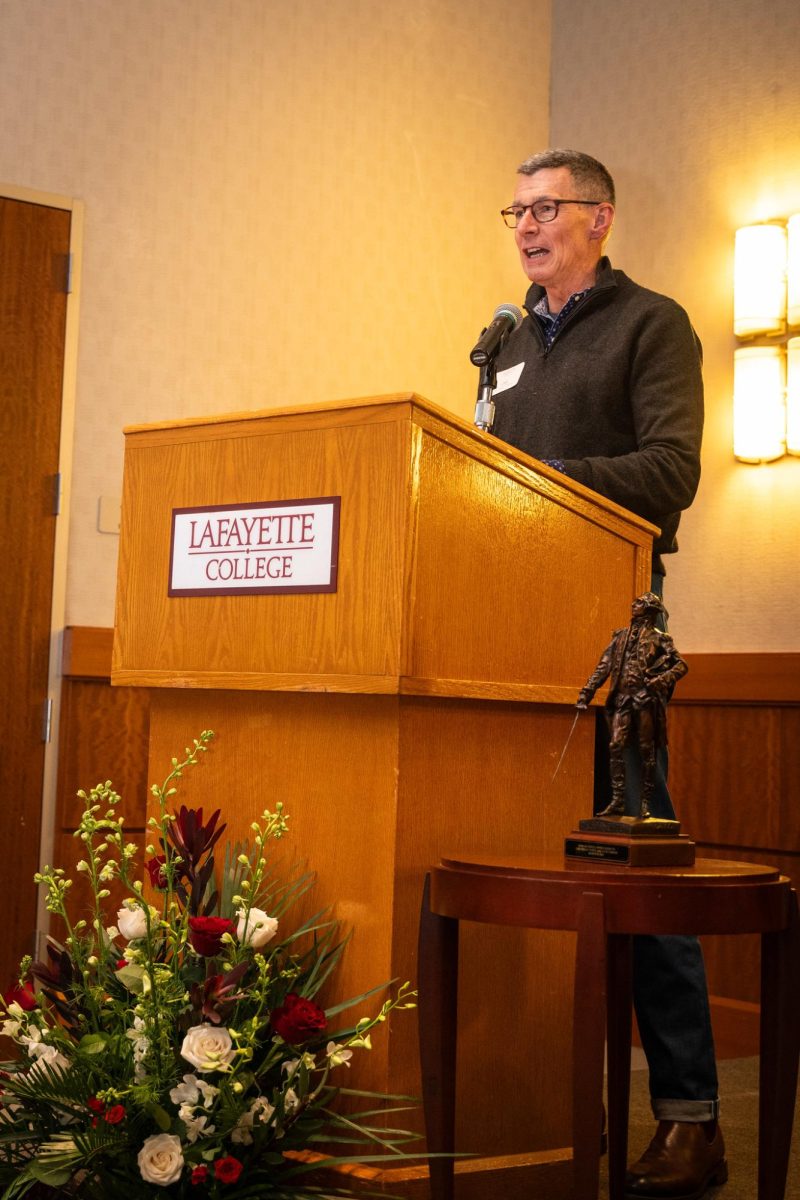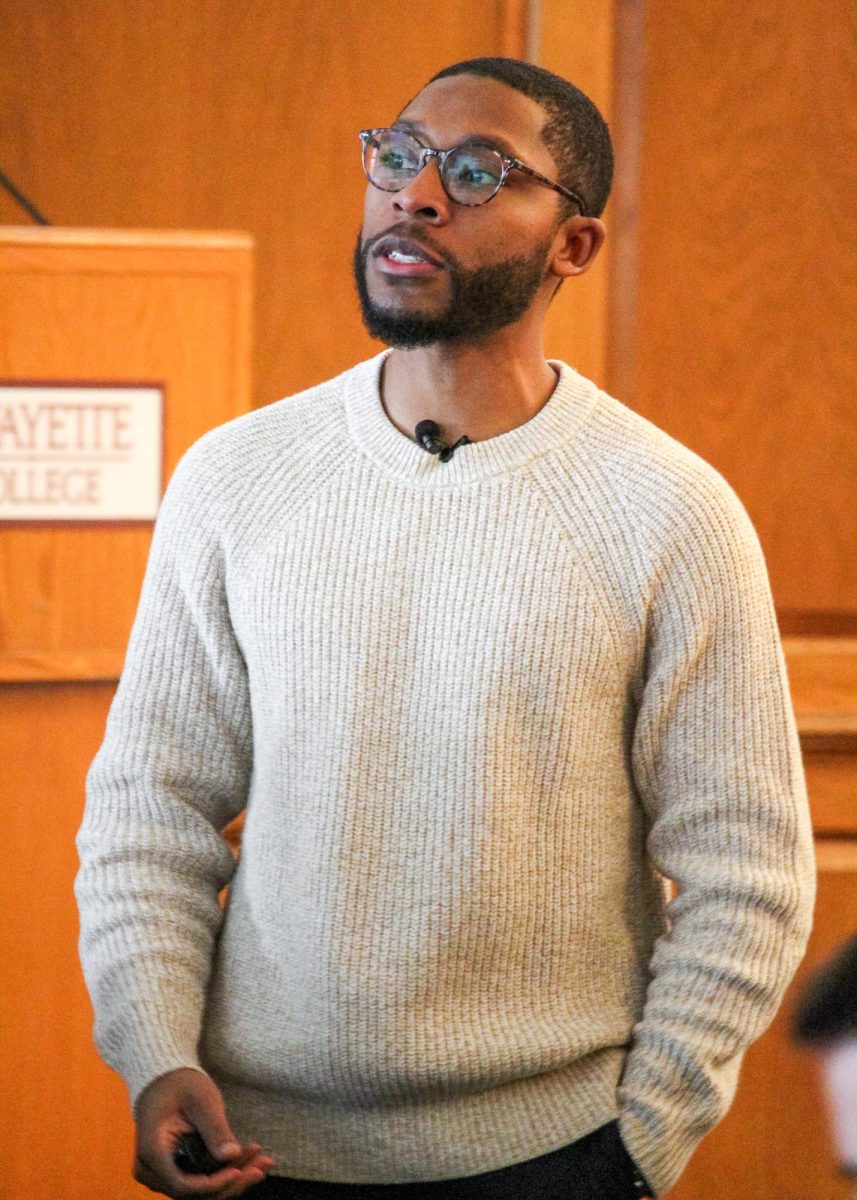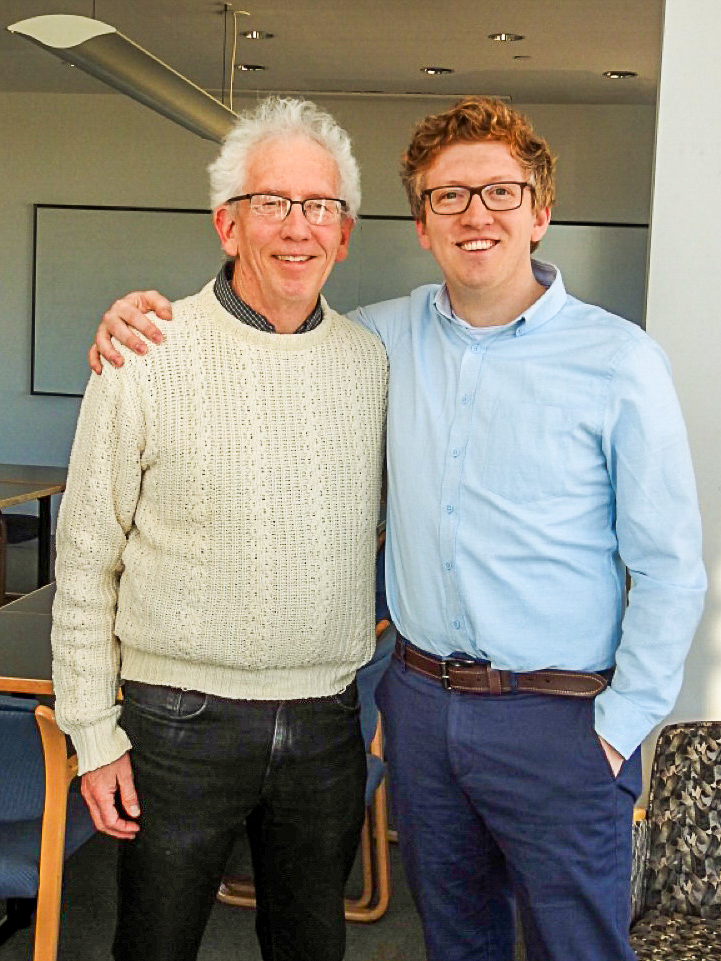College revises policy to coincide with federal law
Stalking and dating violence are now punishable offenses covered in Lafayette’s revised sexual assault policy, administrators said.
The change to the college’s sexual assault policy has been a year and a half in the making, according to Vice President Annette Diorio. The change was mandated as part of the Campus Sexual Violence Elimination Act, which applies to all colleges that receive Title IX funding.
The act requires that colleges and universities who receive federal funding have explicit policies barring not only sexual assault and harassment, but more recently, other crimes including dating violence, domestic violence and stalking, said Director of Gender and Sexuality Programs Gene Kelly.
“Stalking is a course of conduct directed at a specific person that would cause a reasonable person to fear for his/her safety or the safety of others, or to suffer emotional distress,” according to the Sexual Violence Prevention, Education and Response page on the college’s website.
Dating violence is defined as “violence committed by a person who is or has been in a social relationship of a romantic or intimate nature with the victim,” according to the website. The relationship is determined by how long the relationship lasted, what type of relationship it is and how often the people involved interact.
Lafayette is also now required to provide ongoing education and prevention programs on these topics to students, faculty and staff, Kelly said. Some of the mandated prevention and education programs include orientation and follow-up sessions for first year students, and the AlcoholEdu and Haven online courses for all students, Diorio said.
The college already offers voluntary education and prevention programs in addition to the federally mandated programs which, Kelly said, focus primarily on positive attitudes about sex. However, these voluntary programs may not be reaching their intended audience.
“The people who come to [voluntary programs] are people who are actually genuinely interested in these things, probably not sometimes the folks that you think really would best benefit from the message,” Diorio said.
Policy changes and increased education may lead to a spike in reports of sexual assault on Lafayette’s campus.
“I would assume that when we publish stats from 2014 we will see a spike in reporting, not because there are more assaults happening,” Kelly said, “but because people now feel a little bit more comfortable with the process that they are coming forward and making a report.”
National statistics show that 1 in 5 of women are targets of attempted or completed sexual assault while in college. Still, less than 5 percent of rapes and attempted rapes are reported to campus authorities or law enforcement, according to the American Association of University Women.
The barriers to reporting stem from the culture, said Dean John McKnight, one of Lafayette’s Title IX Coordinators. It is likely that the number of reports of sexual assault at Lafayette is still “significantly lower than the actual number of incidents happening on campus.”
“Sadly, we live in a culture that has not done a good job over time at making sure victims and survivors of sexual violence feel comfortable coming forward, speaking out and seeking help from their communities,” McKnight wrote in an email. “There’s still a lot of fear of public shaming, retaliation or some sort of social alienation, particularly within small communities like residential colleges and universities.”
The most recent annual Public Safety Report reveals that only four forcible sex offenses were reported to Lafayette Public Safety in 2013. That number is up from 2012, in which two offenses were reported, and 2011, in which no offenses were reported. The statistics for 2014 have not yet been published.
“When you look at a college campus and they’ve had zero sexual assaults reported…that’s not actually a statistic that an institution should be proud of,” Diorio said. “If nobody reported sexual assault, well then, there’s something wrong with your reporting mechanisms.”








































































































